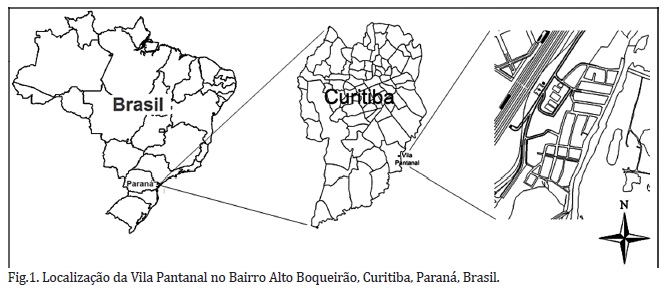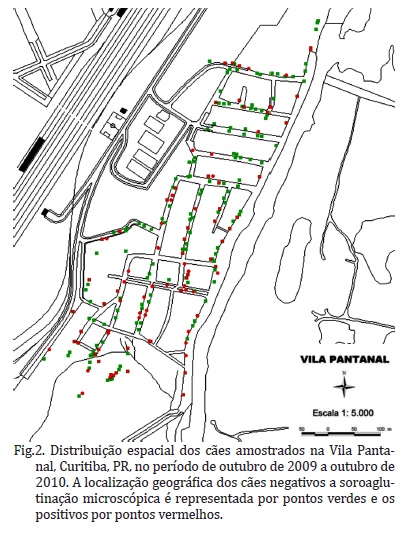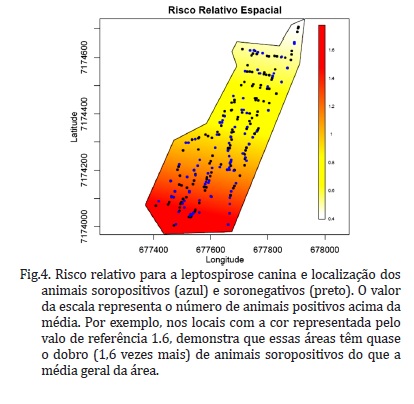Leptospirosis is a serious zoonotic disease associated to low income areas of urban settings. Although rodents are considered the main reservoir for urban leptospirosis, dogs may also develop the disease and become asymptomatic carriers. The objective of this study was to apply a statistical method based on the spatial point processes theory for canine leptospirosis to identify how seroreagents dogs are spatially distributed and their risk determinants in a village of Curitiba city. The model analysis allowed the identification of over-risk regions, where seropositivity risk for canine leptospirosis was significantly higher, revealing that not just one, but the combination of animal, owner and environment factors influenced the disease risk within areas with greater spatial effect. Analysis of results clearly identified the highest risk areas in the Pantanal Village, allowing the establishment of more specific preventive actions and focused on risk areas as priority for public health surveillance.
Dogs; leptospirosis; spatial analysis; risk areas







